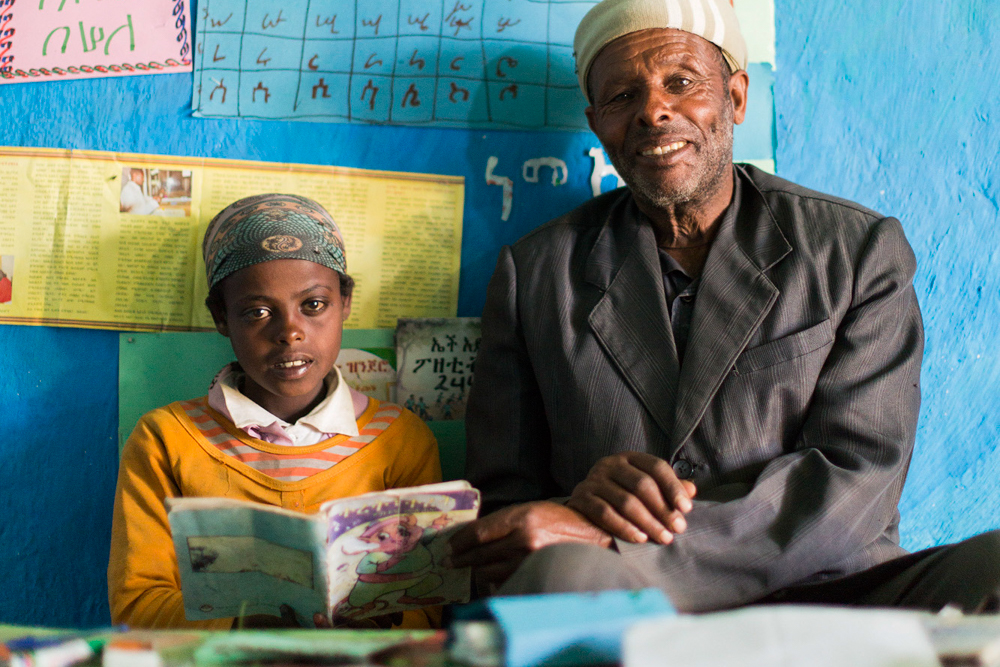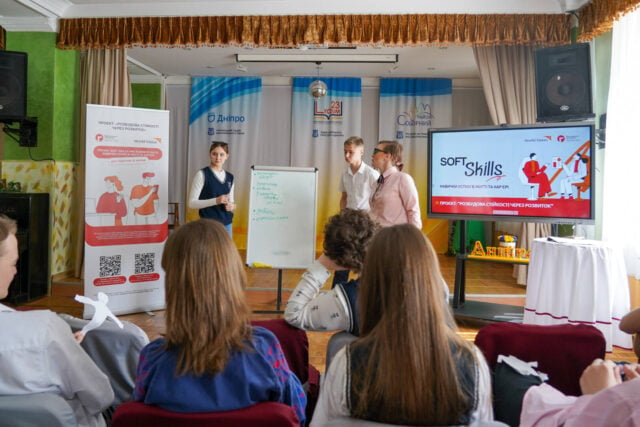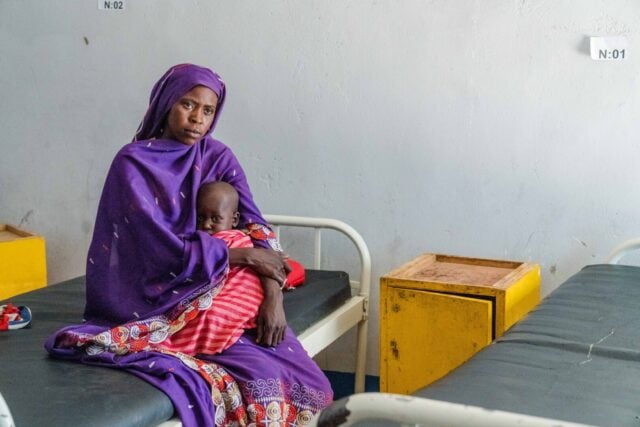Want to give your child a boost toward learning to read and loving books? Beyond a bedtime story, try this — create a reading corner or nook for books.
“Reading corners are one way that parents can make a safe, stimulating space inside the home for children to focus on reading,” says Craig Geddes, World Vision literacy program manager. “Reading corners can be as big or small as a family’s budget dictates.”
Around the world, parents are taking that advice to heart. Concerned about their children becoming strong young readers, they want to provide a comfortable spot with good light and lots of books. That way children will be encouraged to practice reading skills. They’ll know that the adults in their lives value literacy and education.
Reading at home reinforces two girls’ literacy
From 2000 to 2014, the global literacy rate of youth ages 15 to 24 increased to 91%, according to UNESCO, the U.N.’s education agency. That’s great news.
However, youth in South Asia lag behind, with 84% literate. In sub-Saharan Africa, only 71% of youth are readers. For young women, the percentage of readers is even lower: 66%.
Ten-year-old Seble, who lives in the Angolela Tera region of Ethiopia, won’t be among the girls who miss out on reading and education.
Seble and her grandfather, Gebrehana, made a reading corner with a small desk and a bench for her to sit on while doing homework or silent reading. Her books hang on a line strung between two walls that are decorated with crafts she made at her reading club.
Gebrehana says Seble’s reading level has improved since she attended a reading camp. “Now she’s performing better at school,” he says. “I also help her practice reading at home.”
Eight-year-old Sakhi, who lives in a small village near Aparajita, India, attends an afterschool reading club and has a reading corner where she keeps her books.
“I like reading the most,” says Sakhi, “but I also like the make-and-take activity where we draw or write something that we learned at the reading club. We take it home and store it in our reading corners.”
Read more about Seble and Sakhi and how their communities are supporting literacy. The girls participate in Literacy Boost programs that aim to improve the literacy skills of 1.5 million girls and boys in 15 countries of sub-Saharan Africa and South Asia by the end of 2016.
Three steps to make a reading corner
“Creating a reading corner… reminds us, as parents, to create room in our day to read with our children,” Craig says.
Here are the ABCs of how to make a reading corner at home:
A. Pick a cozy spot where your child can display favorite books and crafts. It should be well-lit and have a comfortable place to sit. A pillow will do, or you could use a small table and chair.
B. Together with your child, decorate the reading corner. You can add a shelf to display books; hang yarn or string between two corners and use clothespins to display arts and crafts; and make your own flashcards or literacy games with craft materials.
C. Sit together in the reading corner and enjoy a good book.




